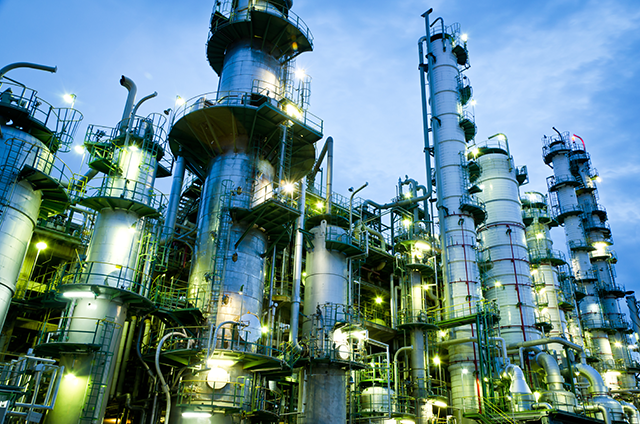Technology

- Name
- SINOPEC DCC
- Owner
-
/ Sinopec Research Institute of Petroleum Processing Co., Ltd. - Brand
- DCC Technology
- Process
- Cracking
- Type
- Fluid Catalytic Cracking
- Available
-

- #TE180
Description
Your insights will be shown here
Content provided by
| Transaction | Name | Date |
|---|---|---|
| Modified by |
|
12/7/2024 9:03 PM |
| Added by |
|
11/30/2022 9:11 AM |














